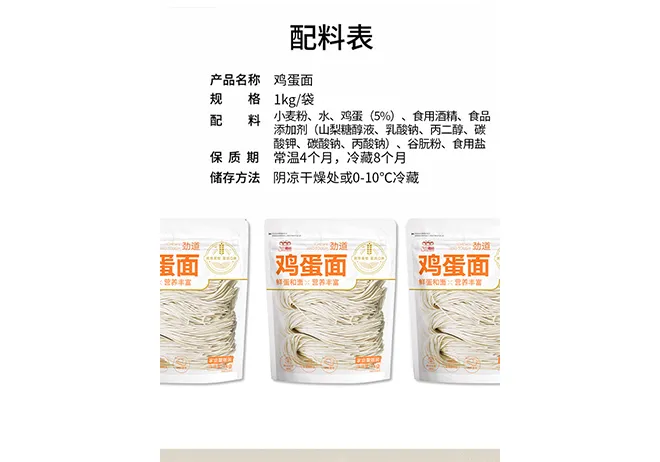soba is made of
Discovering Soba A Culinary Delight Rooted in Tradition
Soba, a traditional Japanese noodle, is celebrated not just for its taste but also for its cultural significance and health benefits. Made primarily from buckwheat flour, soba is unique compared to the more commonly known wheat-based noodles, offering a distinct flavor and a variety of nutritional advantages. In this article, we will explore what soba is made of, its history, preparation methods, and how it plays a vital role in Japanese cuisine.
The Ingredients of Soba
At its core, soba is primarily composed of buckwheat flour, a gluten-free grain that is rich in nutrients. Buckwheat is not a true grain but rather a seed, making it an excellent alternative for those with gluten intolerances or celiac disease. The process of making soba noodles involves mixing buckwheat flour with water and kneading the dough until it reaches the right consistency. In traditional recipes, a small percentage of wheat flour may be added to improve elasticity and texture, but the predominant ingredient remains buckwheat.
The quality of buckwheat flour significantly influences the flavor and texture of the resulting noodles. Soba made from 100% buckwheat flour will have a stronger nutty flavor and a firmer texture, while those made with a blend of wheat flour tend to be softer and more pliable. This versatility allows for a wide range of soba noodle products, catering to various tastes and preferences.
A Brief History of Soba
Soba noodles have a long history in Japan, dating back to the Edo period (1603-1868). They were initially popular among the working class due to their affordability and nutritional value. As urbanization increased, soba shops became a common sight in cities, serving as a convenient and nourishing meal for busy inhabitants. Over the centuries, soba has evolved into a beloved staple across all regions of Japan, with each area boasting its own unique style and variations.
One of the most renowned types of soba is Zaru Soba, served cold on a bamboo tray accompanied by a dipping sauce. This dish is particularly popular during the hot summer months and highlights the refreshing qualities of soba. Another variant, Kake Soba, is served hot in a flavorful broth, often garnished with greens, meats, or tempura.
soba is made of

The Health Benefits of Soba
The nutritional profile of soba is another reason for its enduring popularity. Buckwheat is an excellent source of protein, fiber, and essential amino acids. It is also rich in antioxidants, which contribute to heart health and may help lower cholesterol levels. Additionally, buckwheat is high in magnesium, a mineral vital for numerous bodily functions, including muscle and nerve function, blood sugar control, and blood pressure regulation.
Incorporating soba into one’s diet can also promote better digestion, thanks to its fiber content, which aids in gut health. Moreover, soba is commonly served with various vegetables and proteins, making it easy to create balanced meals that align with a healthy lifestyle.
Cooking and Enjoying Soba
Cooking soba is relatively straightforward, making it an accessible option for home cooks. The noodles are typically boiled for just a few minutes, depending on their thickness and whether they are to be served hot or cold. Once cooked, they should be rinsed under cold water to remove excess starch and improve texture, particularly for cold dishes.
Soba can be enjoyed in a variety of ways—served cold with a dipping sauce, in a warm broth with assorted toppings, or even as part of a salad. The possibilities are endless, allowing for creativity in the kitchen.
Conclusion
Soba, made primarily from buckwheat flour, is more than just a delicious noodle; it’s a reflection of Japanese culinary tradition, health consciousness, and cultural history. Whether you’re a seasoned chef or a novice cook, soba offers an array of culinary opportunities that enrich your dining experience. As you explore this delightful noodle, you’ll not only enjoy its unique flavors but also appreciate its significance in promoting a healthy lifestyle. So next time you sit down to a bowl of soba, take a moment to savor its history and the nutritious goodness it brings to your table.
-
Unlock the Delicious Potential of Yam NoodlesNewsAug.11,2025
-
The Authentic Taste of Lanzhou NoodlesNewsAug.11,2025
-
Savor the Art of Hand Pulled NoodlesNewsAug.11,2025
-
Indulge in the Timeless Delight of Spaghetti BologneseNewsAug.11,2025
-
Indulge in the Rich Flavor of Braised Beef NoodlesNewsAug.11,2025
-
Elevate Your Meals with the Magic of Fresh PastaNewsAug.11,2025
-
Unleash Your Inner Chef with Delectable Italian Pasta CreationsNewsAug.01,2025
Browse qua the following product new the we

















































































































